Media | Articles
Of Mice and Machines: Porsche Fuses, Death Traps, and Imagination Gone Awry
I keep a few of my cars outside under covers. As winter approaches, this invites critters, as we say in the South, to find shelter in the relatively warm confines of various nooks and crannies throughout the undercarriages and interiors of these cars. I’m not alone, of course. Hobbyists who store cars, including in unheated buildings, have an annual battle with mice and certain reptiles as the weather turns cold.
My own campaign of death and deterrence for mice has come down to baits, traps, and sticky paper (my least favorite—some things you can’t unsee). Mice seem to get used to my strategies, and recently I even noticed mouse excrement on top of my slappy trap—the critter had literally pooped on my idea of a viable lethal bait system for him. So now I use baits placed strategically around the trunk, the interior, and the engine bay, plus a spring trap in the interior, plus a sticky trap for good measure. I am adding odds in my favor in lieu of truly knowing my enemy.
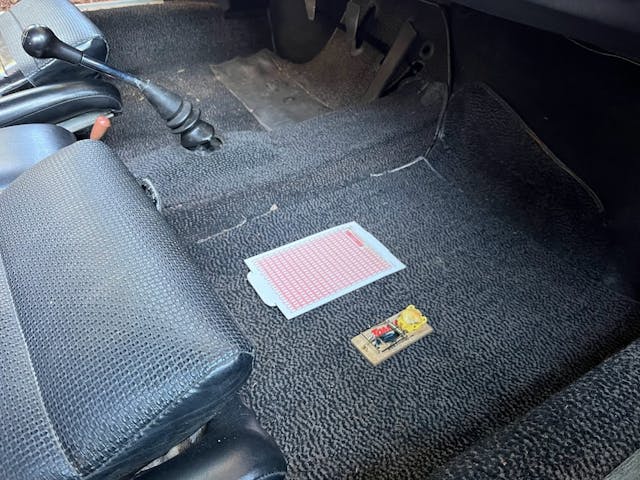
One night in early December, I realized that it had been a month since I’d exercised one of my air-cooled Porsches, so I went out after dinner to take a short drive. The routine is simple: Pull off the car cover, reconnect the battery, check the slappy-slap mousetrap on the passenger floor for a dead tenant, then proceed with starting the car and the subsequent driving fun. This one particular evening, the mouse trap was empty so all went as planned on my getting off to a good start. Being a visual guy, I did not really want to drive while seeing a mouse trap on the floorboard, but it was dark outside and my dash lights are 1970s dim. As the saying goes, out of sight, out of mind. So I left the trap where it lay.
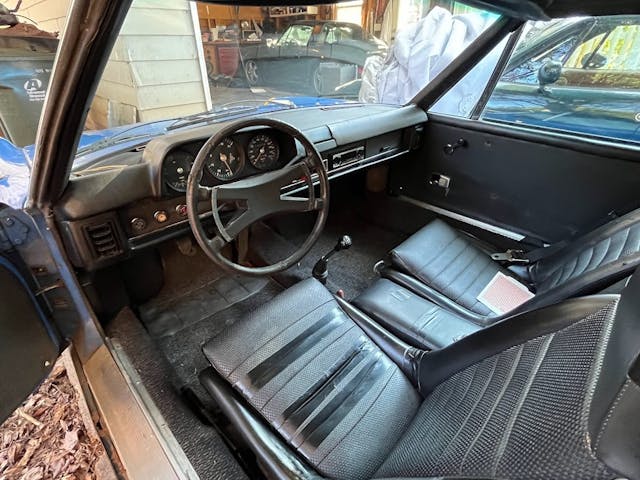
The engine started relatively willingly, I backed out of the driveway through the usual cloud of heavy fumes and oil vapors, and I was off. Everything was warming up nicely on this cold December evening, and soon I had heat wafting from the floor vents (“wafting” is the maximum setting on vintage Porsche heaters). I was falling in love again with this special vintage machine, just a simple engine and four wheels, with minimum gadgets and doodads to distract from a pure driving experience.
About three miles into the drive, however, things started to go a bit wrong. I smelled a distinct burning odor, definitely organic, not oil- or gasoline-based (or plastic-based, as wiring harnesses give off when thermally excited). I surmised that a varmint had started a nest in one of the car’s exhaust heat exchangers and that the fumes were coming into the cabin. Here is where I made a critical but unknown error.
Marketplace
Buy and sell classics with confidence

The air vent and heating controls on early Porsches are purposely confusing, a means to humble owners who have not memorized their user manuals. On this model, there are three unlabeled levers that have a particularly satisfying feel as you slide them from left to right, even if their purpose is impossible to remember. The top lever does something related to the fan speed, the bottom lever has some temperature-related function, and the middle lever’s purpose is unclear, but I always associate it with fresh air.
My error, unbeknownst to me, was to move the top lever over to the right position to let some cool outside air into my stinky cockpit, rather than the correct middle lever. I will blame the darkness for me using the wrong lever. It turns out that a mouse had indeed already been in the car, and had started a nest in the blower motor located in the front trunk, which served to jam the fan’s blower wheel into a fixed position. Engaging the “high” setting on the top lever fan switch sent the desired 14 volts or so to the motor, which promptly became an amperage dead end, the motor being unable to rotate due to the various newspaper and paper towel tatters carefully placed there by said mouse. This soon overloaded the circuit leading to the blower motor, and concurrently, began to overheat the fuse for this shared circuit.
In a normal vehicle, this would simply result in a blown fuse. What I was driving is not a normal vehicle but a 50-year-old German car that has, what was at the time, a well-engineered electrical system. That system was pumping its little heart out trying to carry the extra amps to the motor in an attempt to make it turn. If this had been 1972 (the year this car was made) all would be well, and the circuit might even handle the extra load without failure. Enter the modern world, however, and we have to consider the weak link that had been introduced to this circuit when I, the owner, lazily Amazon-ed some off-shore, off-brand fuses for the car. The original German fuses were wonderfully simple assemblies consisting of a ceramic carrier wrapped with the appropriate-gauge metal fusing element. Each color of fuse matches its particular rating, and you can visibly see thicker mid-sections on the higher-rated fuses. So elegant, so simple.
The modern off-shore copies of these robust German designs, however, do not use heat-resistant ceramic cores but rather plastic material which looks and fits just the same, but has a much lower heat capacity. This is not generally a problem, until you try to pass a lot of amperage through the fusing element and the high current slowly starts to heat up the fuse, approaching the melting temperature of the plastic in question. As the cheap plastic core softens, it loses its dimensional integrity. The clever Porsche/Bosch clips in the fuse box compress the fuse core into a banana shape, and the clips can no longer hold the fuse in place.

The first warning that all was not well just a few minutes after I’d slid the fan lever to “high” was that the alternator warning light came on. This alerted the DEFCON 1 status in my automotive lizard brain because a) my battery was no longer being charged; and b) it was pitch-dark outside and I had to keep my headlights on to get home; and c) I was 10 miles from home, and my battery is a four-year-old Mazda unit that I got from Mazda racing guru Glenn Long when he was making Spec Racers out of ND Miatas, so it had questionable depth due to its age.
In someone else’s world, all of this might have not been a catastrophic situation. An overheated and melting off-shore fuse, even without blowing, might just shorten/relax its length enough to lose contact with the terminals, and the circuit would simply go dead in a moment of self-diagnosing failure. However, as clever as Porsche’s German engineers were, one error might have been installing the fuse box directly above the driver’s feet. If an owner were, say, to use a cheap fuse with a plastic core, and if that fuse were to melt and fall out, and if the previous owner had removed the fuse box cover and lost it years ago, there just might be a direct trajectory from the melting fuse to the driver’s ankle. Welcome to my world, December 7, 2023 at 9:16 p.m. Good thing this was not the 1980s and I was no longer wearing cuffed pants.
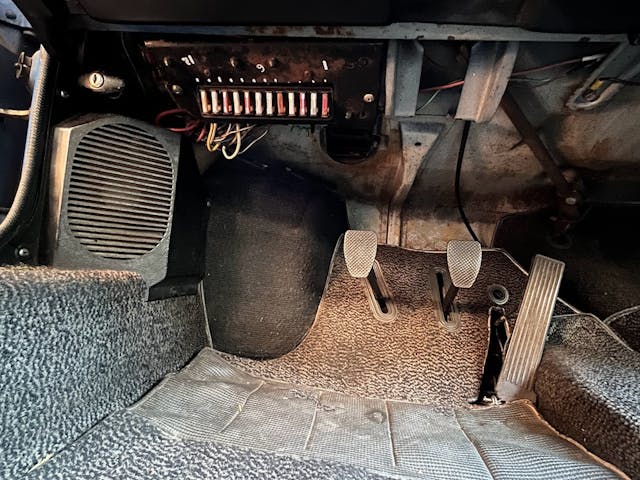
The human brain is a wonderful storage device, and while I didn’t anticipate the burning sensation in my left ankle, I did immediately recognize it for what it was—jetsam from my electrical failure giving me empirical evidence of the burned-out fuse. I grew up on British cars, so this was not the first time this has happened.
I saw a neighborhood entrance 30 feet ahead so jammed everything I had on the brake pedal (this car has early ABS: “About to Brake Sometime”) and pulled a hard righthand turn into it. This 0.8 g maneuver, inelegantly executed, served up a new problem as the accompanying centripetal forces launched the armed-and-ready mouse trap in the direction of my right ankle, which it proceeded to impact with great enthusiasm, triggering its release mechanism.
For this I had no such past memory data point to pull up. What I did have is the recollection of once being on a drive in this very car and finding a medium-sized black snake below the brake pedal as I was cruising down a country road. My mind connected the long-past snake incident with the biting sensation in my exposed right ankle. My actual lizard brain then took over and I essentially leapt from my seat into the roof of the car, an involuntary convulsion of self-preservation all while rolling into the neighborhood at about 30 mph.
A 60-some-odd human brain takes a bit longer to recover from trauma than a younger one does, and it took me a good 50 yards of coasting past this neighborhood’s Christmas lights to regain at least a portion of my senses. Regrouping, I pulled to the side of the road, yanked out my phone and turned on the flashlight feature. Looking down I saw, not an enraged snake, but only an empty floorboard. Then I noticed the sprung mouse trap hanging from my pants leg. It was at that moment that my folly came into full focus. I left the trap in place, dangling as a badge of shame and stupidity, and quickly jumped back in to start home. I chose not to install a new fuse, since they all were of the same poor quality as the one that had tattooed my left ankle. And so, my electrical death march started. At the one stoplight of my route, I cut the headlights off, cringing when I turned them back on, anticipating the engine to stutter and stall from a lack of juice to the ignition coil.

As I drove I did some quick mental math and worked backward on my amperage budget:
- A used spark plug will fire (in a compressed-air environment) with as little as 5000 volts.
- My Bosch ignition coil on this car has about a 100:1 lift ratio as an inductive transformer, amplifying the alternator’s 14 volts into 100 primary field volts when the circuit voltage is cut (thanks to the magic of a magnetic field collapsing), and then inducing 100 times that voltage in the secondary field coil (the one that zaps you—always the best cure for hiccups in my family).
- So, I’m probably okay until I get down to 5 volts in the battery.
- My headlights and taillights combined pull around 20 amps and the ignition coil pulls about 5 amps.
- My old battery probably has a 15 amp-hour capacity left in it.
- I maybe have a safe half-hour of driving before life goes dark.
This is why engineers are generally optimists: We make up pedantic equations, often on the fly, to make ourselves feel better.
Fuzzy logic aside, I sweated the last eight miles to my house. I am happy to say that we both made it, the voltage in the battery inversely proportional to my adrenaline as every quarter-mile passed beneath me.
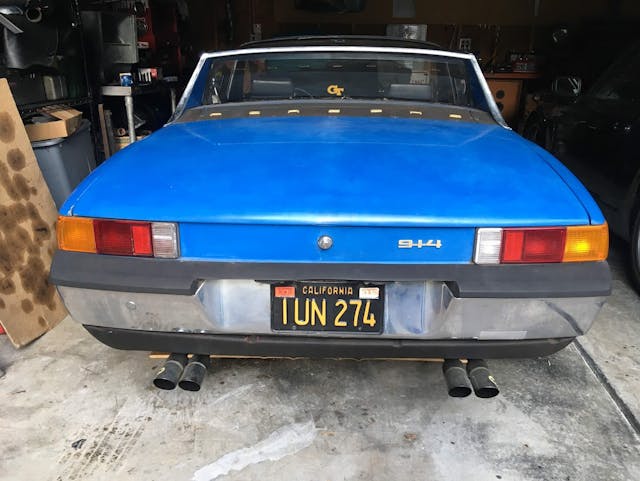
They say your brain permanently records strong emotions, maybe as a survival mechanism to prevent future trauma. In the classic-car world, events such as those I had experienced are chalked up as “character building” and are, in some crazy way, considered to be the charm of these old machines. Hmm.
In any case, thanks, old Porsche, for a memorable ride.
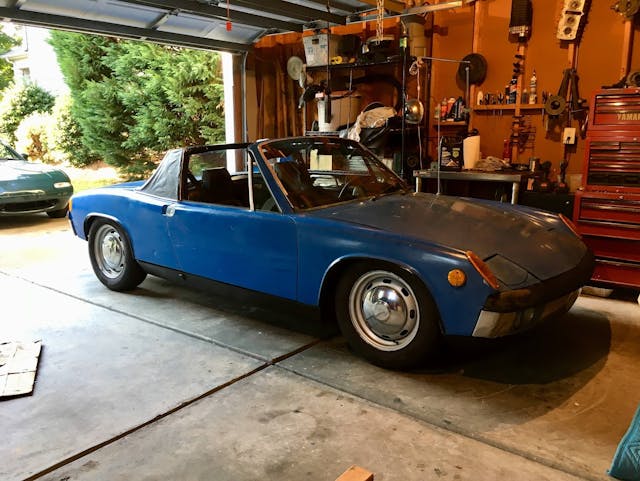
***
Check out the Hagerty Media homepage so you don’t miss a single story, or better yet, bookmark it. To get our best stories delivered right to your inbox, subscribe to our newsletters.
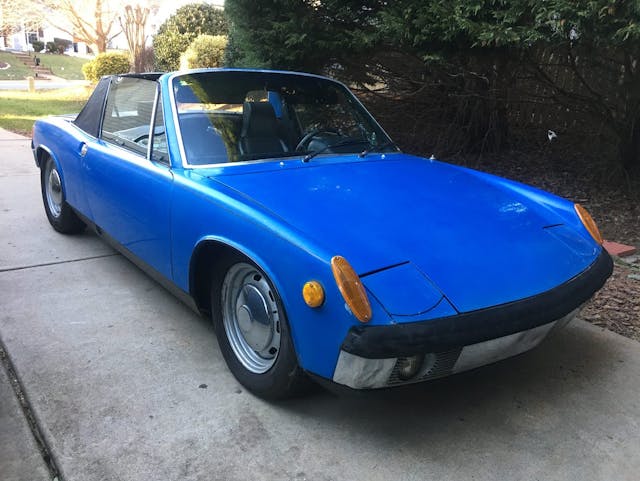
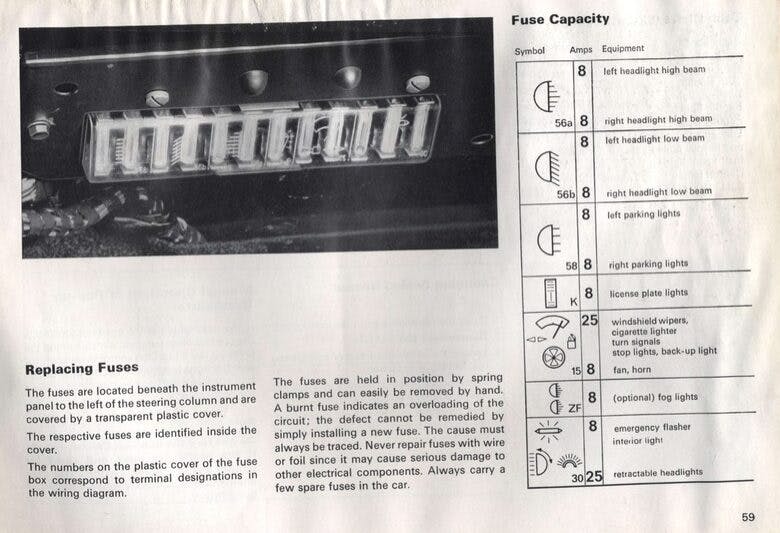
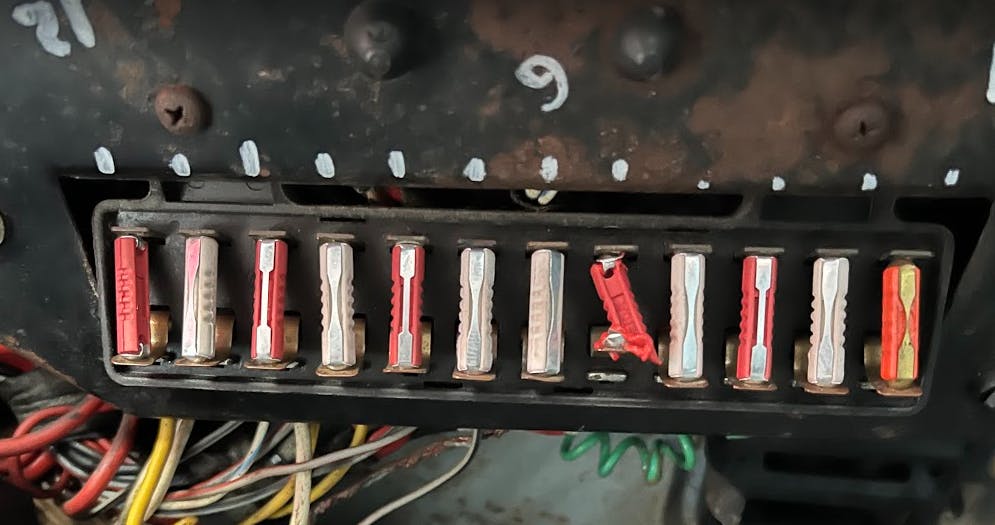
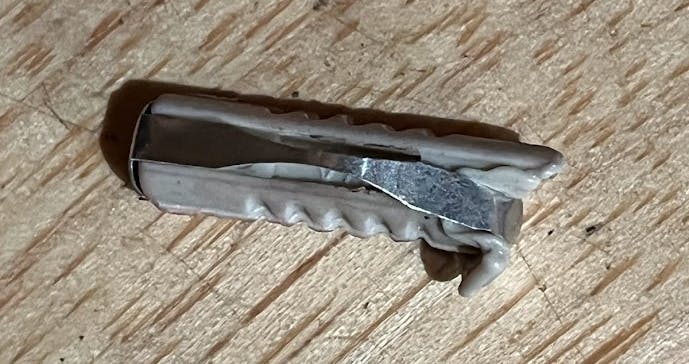







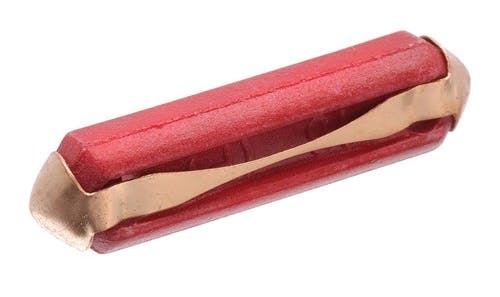


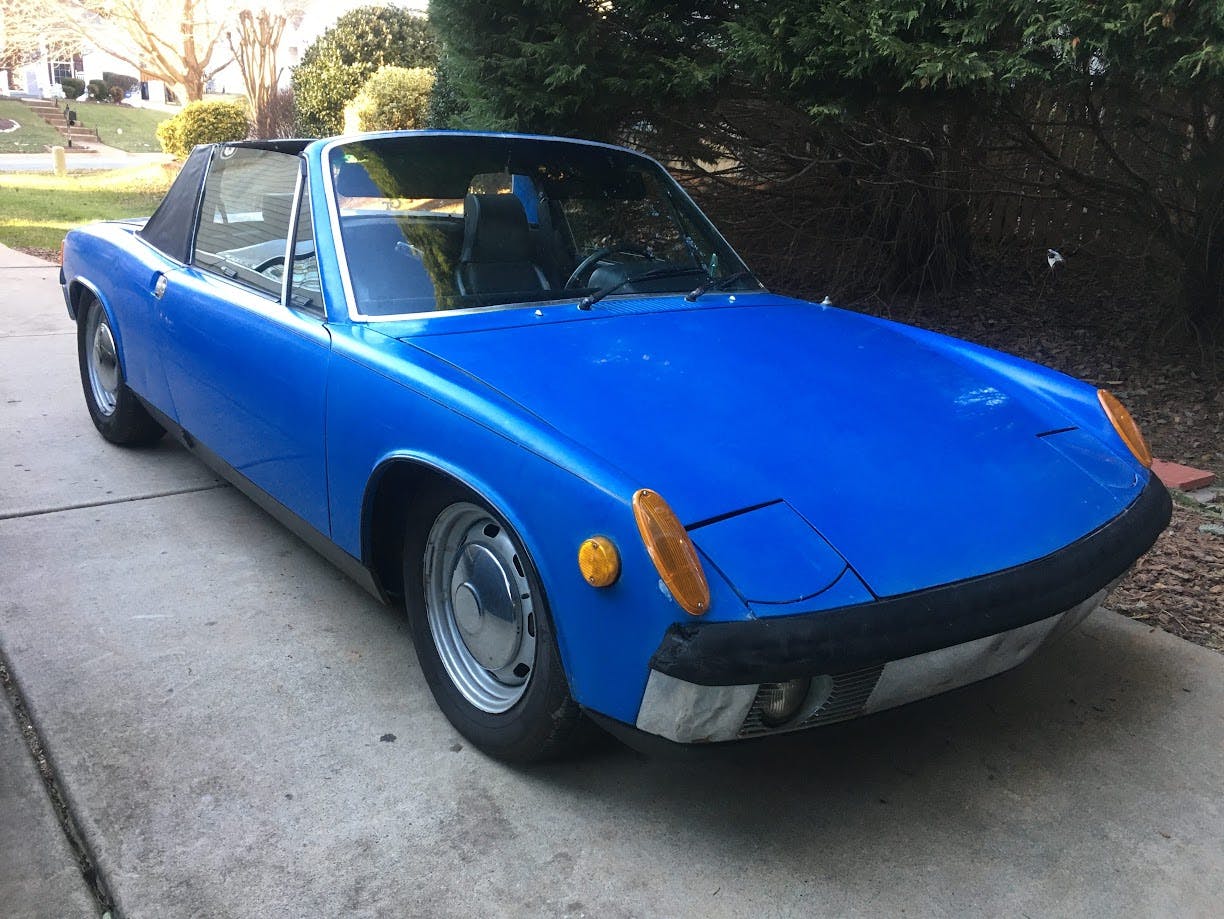
I had a rat get in my DD 90 Mustang. He first tried to kill me by chewing a hole in the brake reservoir. When that didn’t work, he made it personal and chewed a notch in the top of my shift handle and a hole in my door pull. I went John Wick at that point. The winning bait was a Hershey’s kiss on the bent-up prong on a wooden trap. The “kiss of death” has always worked.
A Reese’s peanut butter cup is my bait of choice, and stick it UNDER the bait bar so they have to work at it. Peanut butter and chocolate, who can resist that?
Soon after I acquired my 1964 Merc Park Lane 10 years ago – with white buckets and interior – I saw “evidence” – poop – of mice in the car. So I put out all the required poisons, traps and whatnot around my barn – but not in the car. I didn’t want them there to begin with. A short while later I was treated to the same pungent odor of dead rat you described. And I never did find it. I realized this approach was a bad idea. As mice die, they tend to want to find a place…a dark, cozy place – to die in. Like my car. So, keeping the mice out of the car to begin with seemed like a good choice. I have sprayed my cars-every two or three weeks with Stop the Rodent, a pepper spray available here in Texas that can be used inside and out, on the engine and under the frame and is meant for cars. No mice. Ever. The pepper dissipates so you won’t notice it after a few hours. But it is a lingering put-off to mice. They don’t go there to nest and they don’t go there die and get the last laugh.
Damn, this whole string is going to make me go out and check everything everywhere.
I have had many campers and old cars out in my old farm shed and barns for 25 years now. The mice can get in and out as they please. Cotton balls soaked in peppermint oil and some whole cloves seem to be the mice kryptonite here in the Midwest.
I seemed to get my rodent problem under control using Rodent Bags that I purchased at my local Ace Hardware. The bags consist of balsam wood chips that to me smell like the inside of a cedar chest. So far, it has kept the rodents away from the cars and out of the garage. A box of 4 bags costs $20.00.
1976 Porsche 911S. During the LONG restoration project I was installing fog lights (and their dash switch). Switch did not include the unique German-made light bulb. As the switch was difficult to get to, I took the bulb out of the clock and put it in the switch with the intent to get a new bulb and later install it in the easy to access clock. As the work ended for the night, I checked the operation of the lights by turning them on. SMOKE started to roll out of the dash as I started to panic but managed to get the light switch turned off. The problem? The bulb missing from the clock allowed the 12v conductor to short against the grounded side of the bulb-holder. Unfortunately, the fuse did not blow but allowed the current to start to heat-up and start to melt the insulation on the ground wires running from gauge to gauge (hence the smoke). An inspection showed no other damage to conductors but an obvious previous incident were something similar occurred in the glovebox light circuit where the conductor insulation was completely burned from the wires to the light (no wonder it didn’t work!). Why did the fuse did not blow? I don’t know. Repaired the grounds between the gauges and have been VERY careful (electrically) ever since. My recommendation is don’t depend on these old style fuses to protect your classic car. BE VERY CAREFUL about electrical work on these cars.
Great story! Also, watch out with the sticky traps — rats get stuck and flop around ’til they turn the trap upside down on the carpet. Rat is then stuck to the carpet — ask me how I know this . . .
I too store a vehicle for the winter in an open carport and have to deal with varmints. I have found that “moth balls” from the store do a good job of keeping the critters out of the interior and under the hood. Every couple of months I check and replace them as needed, very good results for many years.
Oh my goodness that was funny – and horrible! But yes, I have been there, minus the snake memory. Your reverse amperage assessment was right out of Apollo 13, btw, so I guess you are in good company but I don’t remember them having mouse traps in space (but who can say..?!)